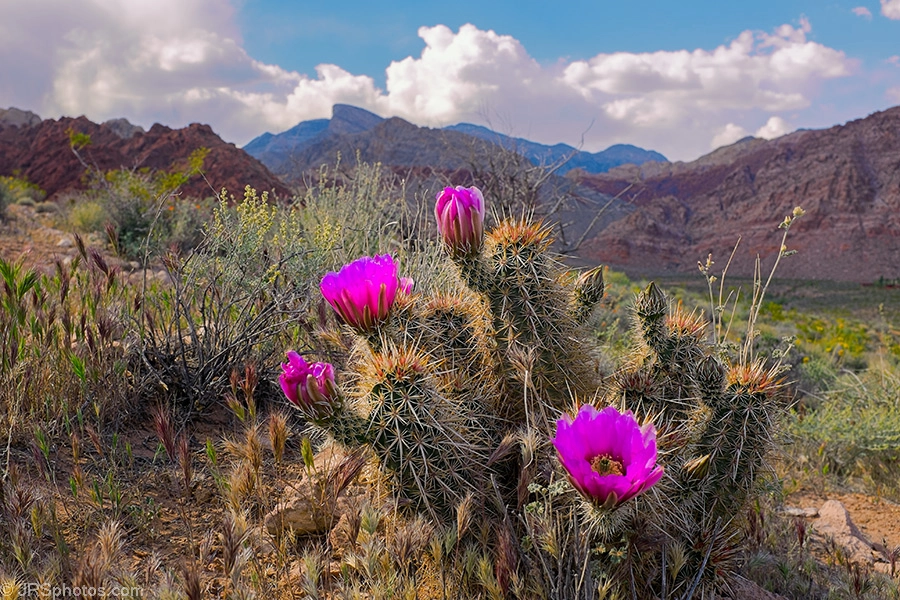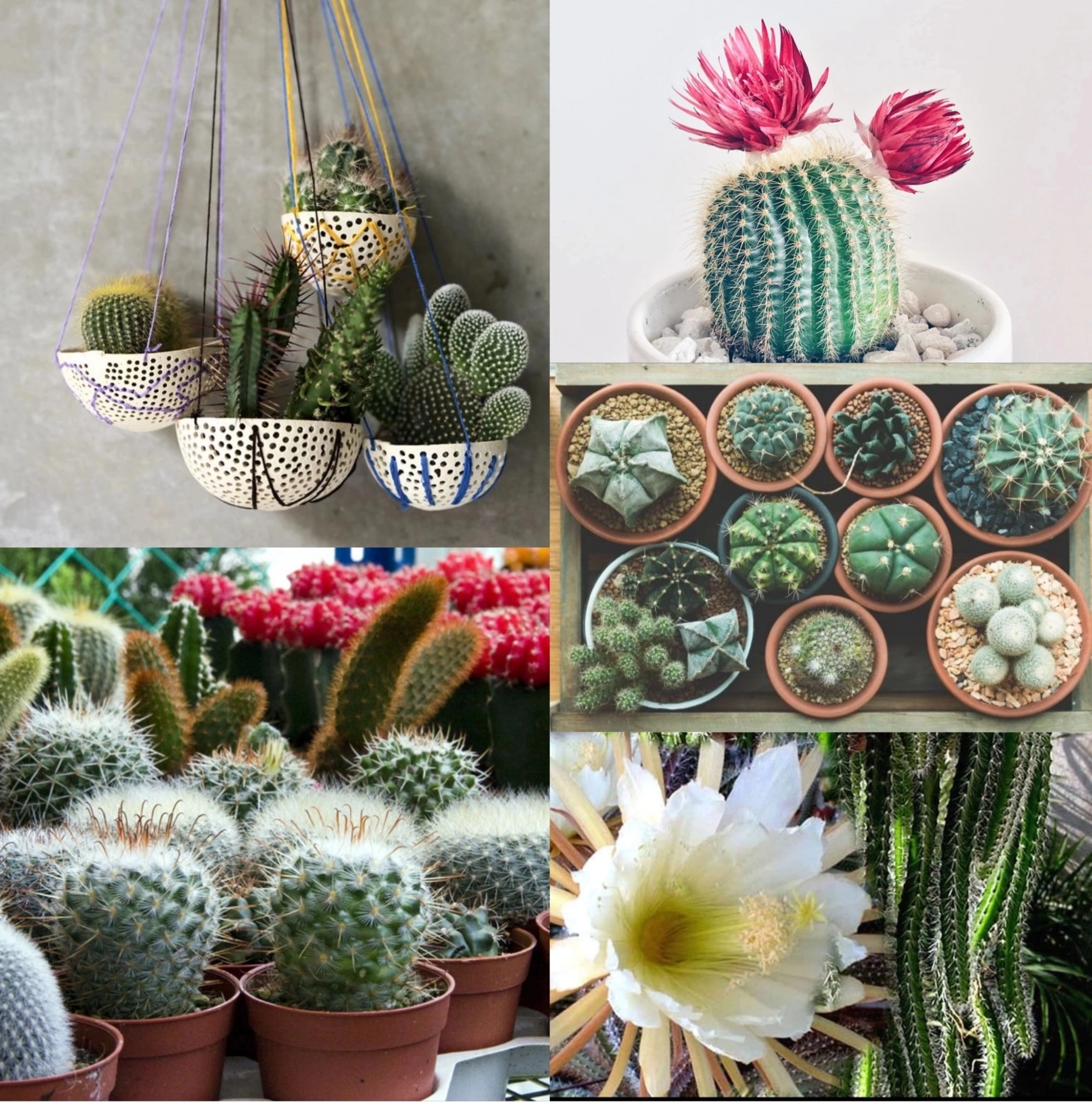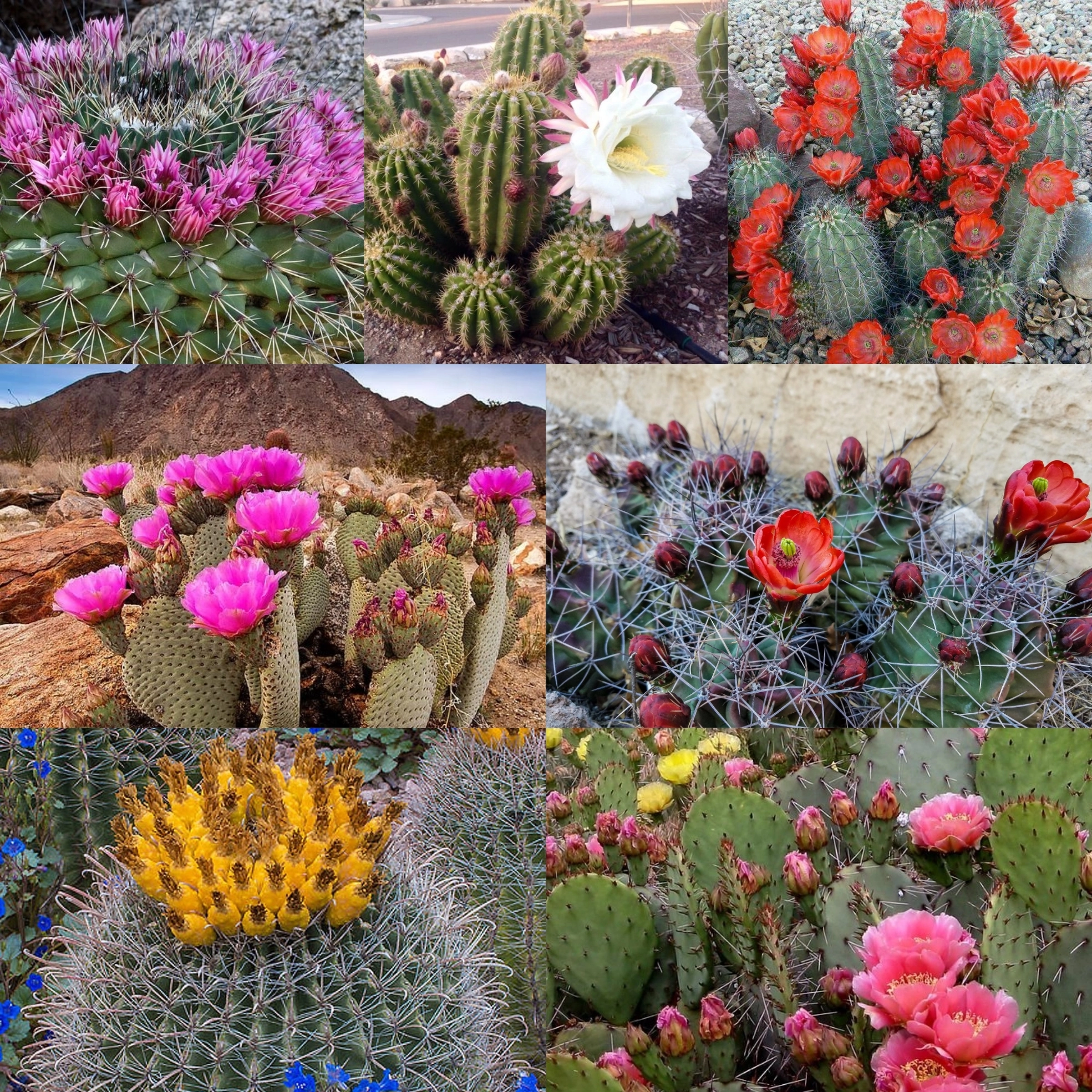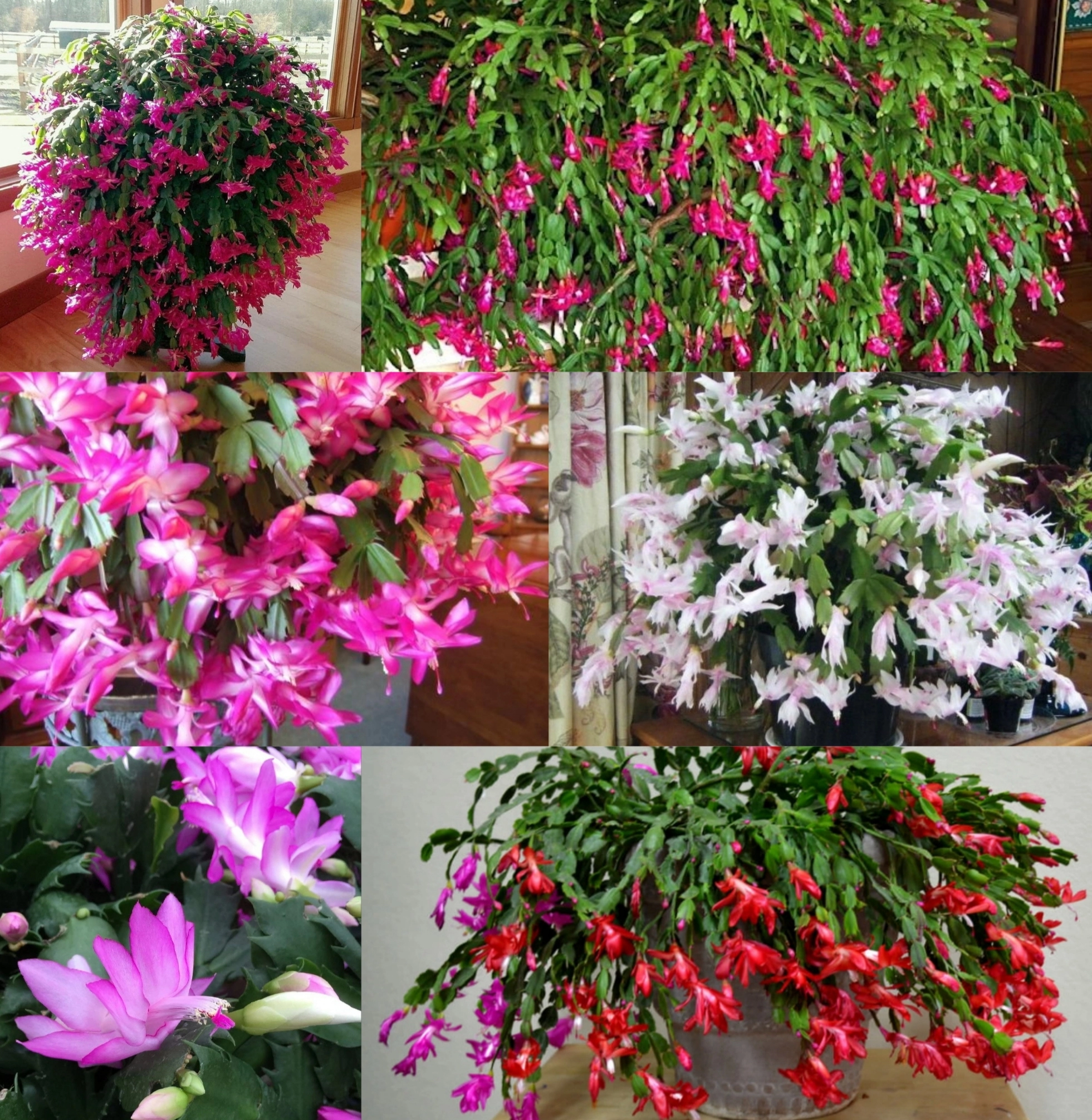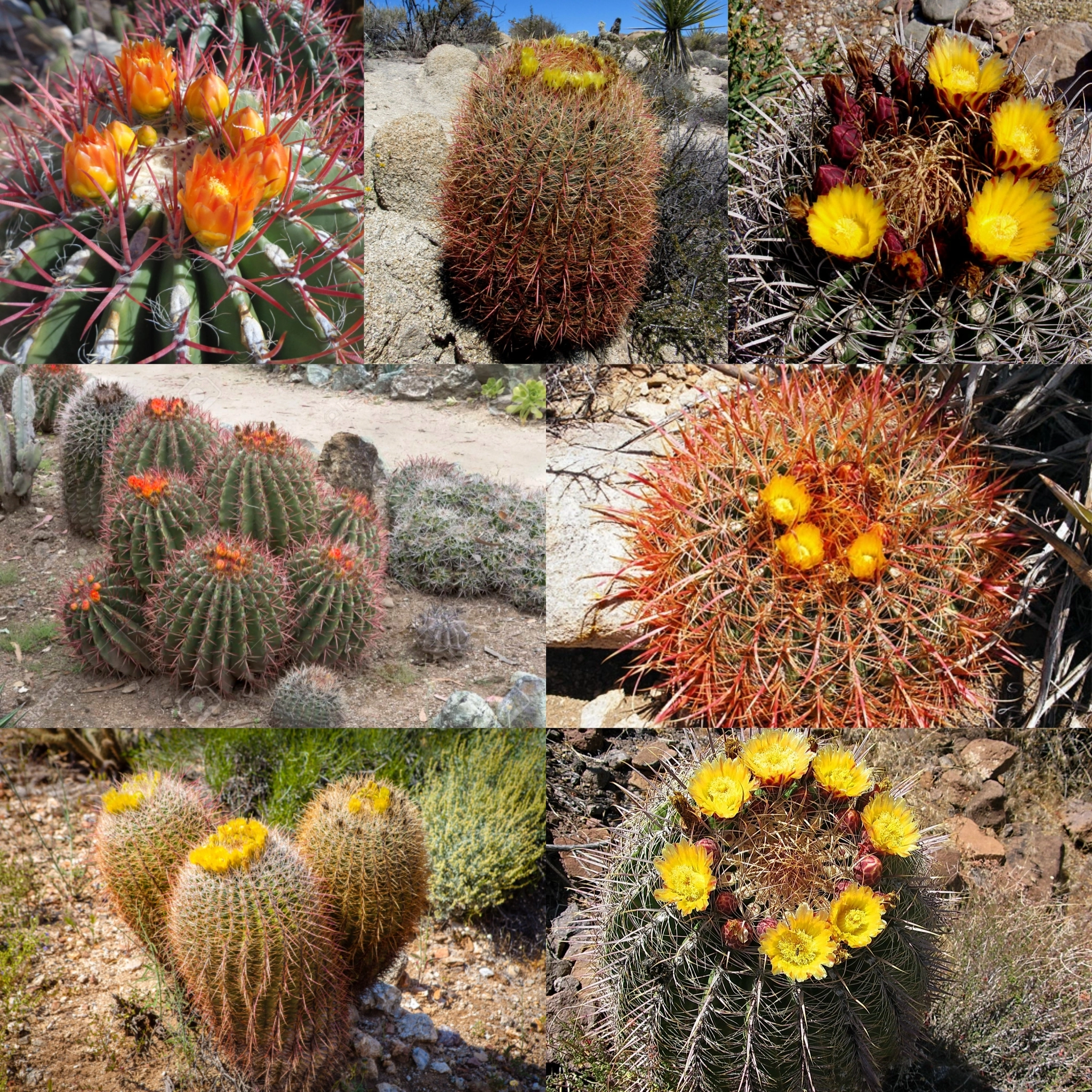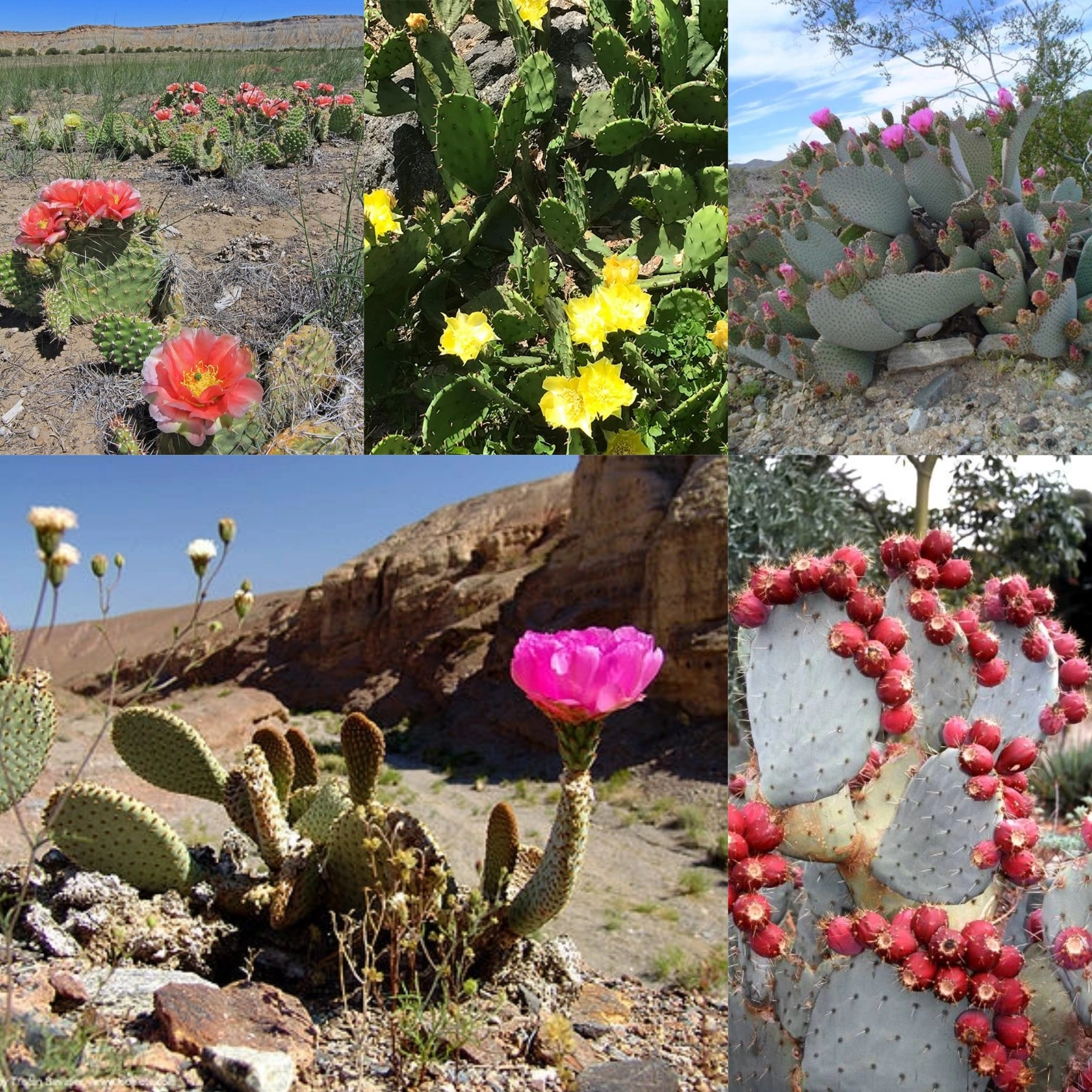When you speak of Cactus, many of you think they are dry hard plants and thorny but in actuality, they possess beauty in form of flowers. Thus known as Blooming Cactus.
Blooming Cactus signifies the flowering process of the Cactus plant.
All the plants of Cactus are Flowering Plants, the difference is the time the Blooming Cactus Flower takes to bloom.
Blooming Cactus Plants

Cactus spines are produced from specialized parts called areoles, these are kinds of highly reduced branches. The Areoles are an identifying feature of cacti plants. And another special part of the Cactus is the spine.
The Areoles give rise to flowers that are usually tubular and multipetaled, these are known as the Cactus flowering Plants.
These Cactus Plants are today in high demand as all over the world, these plants are taken to beautify the environment.
Blooming Cactus House Plants
As many of you know, these House Plants can keep the environment humid/ moisturize enough to maintain the health of tropical plants, which often any jungle-like conditions need to truly grow.
This environmental condition is not a problem for the cactus, as these desert plants would desire dry air and average room temperatures.
Although even little sunlight is necessary for a cactus’s health, many species of Cacti can survive healthily by getting sunlight for three hours a day, and supplementary lighting can help the cacti plants living in sunlight-facing windows if you are growing these Cactus Plants as House Plants.
A happy cactus may even surprise you with vibrant bright blooms, The slow growth and proper care on the Cactus Plants will add a stunning look to the mixed collection of plantings and that will make elegant independent specimens of Cacti Plants too.
These cactus can be bought anything and quickly online at Amazon; Blooming Cactus House Plants
Blooming Cactus Care
When the Cactus Plants are growing in the natural environment then, they adapt the nature and survive.
But, when the Cacti Plant is grown indoors or outdoors as house plants then, you have to provide more care with necessary requirements for the plant’s growth and health.
These are the main requirements you need to take care of;
1. Soil
Blooming Cactus do not need any particular kind of soil, but these Cacti Plants need soil with specific characteristics, According to the plant’s habitats.
Tips For Caring On The Soil;
- This family of Cacti Plants lives in fast-draining sand.
- If the soil holds too much water, the roots of your Cactus will rot and die.
- Too much organic material can become compacted around the roots.
- To create an airy, fast-draining mixture for your cacti plant,
- you need to combine an equal portion of potting mix and sharp draining sand with 1/2 part peat moss (a partially decayed vegetation or organic matter) and with soil-based composts too.
- Peat-based soils are suitable for the Blooming Cactus growth.
- Other cacti prefer soil-based composts that are mixed with coarse sand and gravel to produce a free-draining mix.
- As a rule, cacti plants like to survive in well-drained soil than waterish soil.
Most of the Cactus plants are happy to be planted in the same container for many years, but you need to check the soil condition should be examined properly but it’s not a hard task.
2. Watering Recommendation
Cactus plants are best left to almost dry out completely between waterings.
Always you have to remember that most cacti are found in a natural desert environment where water is scarce and infrequent.
But still, It is still better to give a cactus plant less water than too much especially when grown as House Plants.
However, the different conditions need to be considered when you water these Cactus Plants.
Watering Level And Space Of The Pot
According to the space of the pot, the plant is grown, the Watering level changes as ;
1. Blooming Cactus in Smaller Pots
Plants in smaller pots should be watered more frequently, as they tend to dry out faster than larger pots.
And pots with porous like terracotta dry out more quickly than plastic or glazed pots.
2. Blooming Cactus in Larger Pots
These species of Cacti Plants need no frequent Watering when you plant them in larger space pots and plant in pots with porous. Find the 10 best pots for cactus and succulents here.
3. Blooming Cactus in Hot Areas
Plants were grown in hot areas with low humidity/ moisture dry out more quickly than plants grown in humid areas.
4. Blooming Cactus in Cold Areas
Cactus Plants grown in cold countries do not need to be watered frequently in winter because the plants tend to go dormant/ sleepy in the cold temperatures.
Watering Requirements When Growing Indoors And Outdoors
1. Watering Blooming Cactus Grown Indoors
If you are growing these Water Succulent indoors, then wait until the water drains completely through the pot, and once a month you have to water the Cacti plant which is enough.
2. Watering Blooming Cactus Grown Outdoors
When the plant is grown outdoors as house Plants then, you may need to water these Blooming Cactuses every three days depending on how quickly the soil dries out.
Do You Water Cactus From The Top Or Bottom?
You should use the method followed by expert cactus growers and water from the Blooming Cactus from the Bottom.
once a week during hot weather, or when the pot feels light, Take the potted Cactus Plant in a shallow saucer filled with about 1/2 inch of water and leave for about 1/2 hour or until it sucks up the water in the saucer by the Cacti Plant, This is done from the Bottom.
How Do You Know, Whether Your Cactus Is Underwatered?
To know if your Cacti Plant is underwatered, Test the soil by pushing a pencil down through the soil to the bottom of the pot, Also you need to observe its behavior carefully.
Generally, if a cactus is under-watered, the body of the Cactus looks wrinkly and feels soft. And The spines (modified leaves) will be dried and easily fall off.
3. Sunlight Exposure
Blooming Cactus Plants are no different from all others plants as they too need more or at least little sunlight to make Flowers Bloom. Even though these Cacti Plants go through a period of dormancy ( sleeping) in the winter, they still need Sunlight to survive and grow.
Sunlight Conditions To Different Species of Blooming Cactuses
1. Needing More Sunlight
Some Potted Cacti Plants grow best when they are exposed to sunlight for several hours per day.
2. Instance Of Direct Sunlight to the Cactus Plants
Most plants are healthy with direct sunlight but some species of Cactus suffer sunburn in extremely hot weather then, Dark patches form on the surface of the areas exposed to direct sunlight.
3. Results Of Direct Sunlight to the Cactus
Further, when the Cacti plants continue to survive in direct sunlight with scars, but other times the damaged areas begin to rot and the whole plant dies.
MOST ASKED QUESTIONS:
1. Can Cactus Survive Without Direct Sunlight?
NO, The Cacti Cannot Survive without Direct Sunlight. Cacti, just like any other plants need sunlight to survive.
These desert plants can survive for short periods without sunlight But, they need exposure to lots of sunlight to grow and blossom.
Mostly, you need to provide a mini-cacti plant at least four hours of direct sunlight daily to grow healthy.
2. Can Cactus Grow In Shade?
NO, The Cactus Cannot Grow In Shade. There are some cacti that grow in low sunlight, but most cacti plants need sunlight. In fact, the best place to keep a cactus indoors is somewhere where it can get at least 4 hours of Sunlight.
You need to place the Cacti Plant in the sun or bright, indirect light. Even, you can keep your Cacti Plant in the Window sills facing the south or east is usually the best indoor locations for a cactus plant to get its needed amount of Sunlight.
Blooming Your Cactus
You need to take care of it properly all year round if you want to see it bloom during the prime growing season
Getting your cactus to bloom is no easy and It can take a lot of time, effort, and, The Blooming of your Cactus depends on Age, care, and dormancy.
Sometimes, you will feel like you want to pull your hair out because the cacti plant is not Blooming.
Main Reason Of Hardness In Blooming The Cactus
It’s a well-known fact that it can be hard for you to get your cactus, mostly due to the fact that your cactus plant is not growing in its native, ideal environment but as a house plant. your cactus may even take up to 30 years for a cactus to mature.
But, if you give your Cacti plant the necessary requirements for its growth then after some period of time, your Cacti Plant can bloom its radiant flowers.
MOST ASKED QUESTIONS:
1. How Do You Take Care Of Your Blooming Cactus?
A mature cactus do not bloom unless it gets the proper care and lives in the right environment. And, your cacti will experience a dormant period during the winter that will keep them from blooming.
2. How Long Does A Cactus Takes To Bloom?
It can take up to 30 years for a cactus to bloom, so when you buy a cacti plant make sure that already has bloomed in the past.
Also, just because it has bloomed once does not mean it will bloom again. The time it takes a cactus to bloom depends on your care and the quality of the environment it is grown.
There is no specific time period for a Blooming Cactus to bloom because there are many species of Cacti Plants.
3. How Long Does A Cactus Flower Last?
Depends on the temperature of the environment and the amount of water it receives.
You can not predict the time your cacti plant would take to flowers last tend to vary greatly depending on the species of the plant.
- Some Cacti plants bloom and wither/ last for only one day.
- Some others will retain their flowers for periods of up to six weeks.
Removing spent flowers has multiple benefits. Not only does the process clean up a plant’s appearance, but it also controls the spread of seeds and encourages your flowers and plants to continue to grow thicker and fuller than before.
4. Should You Remove The Dead Flowers From Your Cactus?
YES, Removing the Dead Flowers has multiple benefits. It’s not only a cleaning process for your Cacti plant’s appearance, as it also controls the spread of seeds and supports your flowers and the plant to grow thicker and fuller than before.
Types Of Blooming Cactuses
There are many types of Blooming Cactuses where each species consist of a different pattern of Blooming.
The 3 Blooming Patterns are;
- Day Time Blooming
- Night Time Blooming
- Mid Night Blooming
Day Blooming Cactus
There are many species of Blooming Cactuses that bloom normally in the daytime. Some of these Cacti Plants are;
1. Blooming Christmas Cactus
Schlumbergera is a small genus of cacti species of about six to nine species found in the coastal mountains of south-eastern Brazil.
Blooming Speciality Of Blooming Christmas Cactus
These species are called in many common names referring to their flowering season. In the Northern Hemisphere, they are called “Christmas cactus, Thanksgiving cactus, crab cactus, and holiday cactus”.
In Brazil, the genus is known as Flor de Maio which means Mayflower, this too symbolizes the period of May as their flowering season.
In the Southern Hemisphere. Most of the popular houseplants cultivators called this species of Blooming Cactus; “Easter Cactus or Whitsun Cactus”.
Growth Habitat Of Blooming Christmas Cactus
These species of plants grow on trees or rocks that are generally shady with high humidity and can be a little different in appearance from these Blooming Christmas Cactus dessert inhabited cousins.
Physical Appearance Of Blooming Christmas Cactus
Mostly, These Blooming Christmas Cactus consist of stems like leaves pads joined to the other and flowers that appear from areoles – [ small area bearing spines or hairs on a cactus] at the joints and tips of the stems.
These flowers are white, pink, yellow, orange, red, or purple in color.
2. Blooming Saguaro Cactus
The Blooming Saguaro Cactus (Carnegiea gigantea) is a tree-like species of cactus in the genus of Carnegiea that grow native to the Sonoran Desert in Mexico and in the Whipple Mountains and Imperial Country areas of California.
These Blooming Saguaro Cactus are considered as the common image in the Mexican culture and American Southwest movies.
They are the largest cactus in the United States.
Growth Habitat Of Blooming Saguaro Cactus
Blooming Saguaro Cactus is a blessed cacti plant consisting of a long lifespan, these plants often exceed even 150 to 200 years. The Saguaro Cactus grow their first side branch around 50–100 years their survival, but there are some which never grow any arms, especially if you are growing these Blooming Saguaro Cactus as house plants.
Arms/ Branches are developed in these species of Cacti Plants to increase the reproductive capability so that, the apices – [ top part/peak of the cactus ) which help to produce more Blooming Flowers and Blooming Fruits.
Your Blooming saguaro Cactus absorbs and stores high amounts of rainwater, and these cacti plants use the stored water slowly when needed. This characteristic helps the Blooming Saguaro Cactus to survive during the drought period.
Physical Appearance Of Blooming Saguaro Cactus
These Blooming Saguaro Cactus grow in a columnar shape with strong branches, usually referred to as arms. Some of these species consist of about 49 arms ( branches) in one plant.
Further, these Saguaro Cacti Plants grow from 3–16 m (10–52 ft) in height, and up to 75 cm (30 in) in diameter/ width.
These cacti plants grow over 12 m (40 feet) tall. The Saguaro Flowers blossom usually in the state wildflower of Arizona.
3. Blooming Barrel Cactus
Barrel Cactus are members of the two genera Ecechinocactus and Ferocactus, found in the deserts of Southwestern North America.
These are the largest species of Blooming Cactuses found in the Mojave Desert in southern California.
Blooming Speciality Of Blooming Christmas Cactus
Blooming Barrel Cactus buds usually start to bloom in the month of April with bright yellow or orange Blooming Cactus Flowers. And there are varieties of the species with Pink and red flowers too but they occur less frequently.
The Blooming Flowers of Blooming Barrel Cactus appears only on the topmost part of the Cacti Plant. And when the flowers begin to wilt – ( fall off ) in early May as they may change the color of the flowers.
Another variety of Blooming Barrel Cactus blooms late in the late summer in the Desert rainstorm.
And the Flowers are orange in color and their blooming flowers bloom again after two days of a hurricane in mid-August and continue to bloom throughout the end of September month.
In addition, Blooming Flowers appear at the top of the Cacti plant only after many years of their survival.
Growth Habitat Of Blooming Barrel Cactus
The Blooming Barrel Cactus can show the path for any lost travelers in the desert because as it growth inhabitants to the southwest.
You can care for a Blooming Barrel Cactus very easily and it is a great cacti plant for the beginning gardener.
When you provide the requirements for the cacti plant properly then your house plant will be healthy and active.
The Blooming Barrel Cactus can live to be over 100 years old.
Blooming Barrel Cactus Fruits
When the Blooming Flowers fall away then, small pineapple-shaped greenish Cactus Fruits form. And if the fruit is left untouched then, the fruit will be active that whole year.
You can easily remove/ pluck the Blooming Cactus Fruits but these are not consumed usually because it is fairly dry and bitter in taste.
Physical Appearance Of Blooming Saguaro Cactus
Some species of the Blooming Barrel Cactus reach over 1 m (3.3 feet) in height when your Cacti plant is matured.
Also, your plant can reach 3 m (9.8 feet) as they are seen in some regions. The ribs – [ found on trunks and stems of the Cacti Plant ] are numerous and noticeable.
The spines of your Blooming Barrel Cactus are long and these species of plants are in different colors from yellow to tan to red in color, this depends on the age of survival of the Blooming Cactus plants and the species.
04. Blooming Prickly Pear Cactus
Blooming Prickly Pear is another species of Blooming Cactus which is known as Opuntia scientifically. This plant is also known as tuna (fruit), sabra, nopal (paddle)
The word nōchtli is used for the fruit or paddle cactus. The most common cultivating species of Blooming Prickly Pear Cactus is the Indian Fig Opuntia (O. ficus-indica) which you can grow in your home environment with proper care.
Blooming Speciality Of Blooming Prickly Pear Cactus
The beginning of summer heat is the signal for the Blooming Prickly Pear Cactus the time for it produces its Blooming Flowers.
Flowering begins in mid to late May and even can extend up to the month of July. Each Cacti Plant produces a bounty of beautiful flowers.
The large-sized Flower of Blooming Prickly Pear Cactus can grow up to 4 inches across. They exude an iridescent lemon glow.
Further, A trace of lime accompanies each lemon and is often seen at the flower base. Some Prickly pear blooms have a red-orange center,
The resulting show is one of nature’s best. Red, pear-shaped fruit eventually replaces the faded blooms.
Growth Habitat Of Blooming Prickly Pear Cactus
The Blooming Prickly Pear Cactus is a low-growing, reclining plant. These plants grow in the dry environments of rocky, lime-stone glades, open woods, and fields.
These cacti plants make a great addition to a xeriscape garden – ( It is the process of gardening, that reduces the need for irrigation ). Since they are very drought tolerant.
In nature, these gardens are spread by the small mammals and birds who consume the fruit and excrete the seeds of the Blooming Prickly Pear Cactus
Easy Cutting Propagational Method Of Blooming Prickly Pear Cactus:
The gardeners can propagate new plants by;
- Cutting off a pad with a sharp knife.
- Then, you should leave the leaf pad for a few days to form a callus across the cut.
- Then, plant the Cactus in well-drained soil.
- The pad should be watered upon planting, but water only a little.
- It’s important for you to wear thick gloves when handling the padded leaves of the Blooming Prickly Pear Cactus due to its sharp rough hair around the surface.
Physical Appearance Of Blooming Prickly Pear Cactus
This Cactus usually grow only about 2 feet no more than that. The fleshy pads ( thick leaf-like parts )are the stems of the cacti plant.
Each ovoid-shaped (egg-like shaped ) leaf pad grows about 5 inches long and 3 inches wide.
Also, Needle-like spines are grown along the edges/border of the pad the modified leaves spread across its surface.
Further, this small collection of sharp rough hair called the ‘glochids’ each has a tiny barb that is difficult to remove if lodged in the skin and they supports the spines.
Night Blooming Cactus
These types of Blooming Cactuses Bloom at Night when there is no or less Sunlight and the Blooming Flowers are lived for a short period of time.
These are some of the special and most adorable Night Blooming Cactus Plants. Such as;
1. Night Blooming Cereus Cactus / Orchid Cactus
Night Blooming Cereus is the common name used for a large number of flowering ceroid Cacti Plants that bloom at night.
This Night Blooming Orchid Cactus is also known as the Midnight cactus.
Some of these species of Night Blooming Flowers, such as Selenicereus grandiflorus, bloom only once a year, and most especially only for a single night.
And the other names for one or more of the Cereus Blooming Cacti with this habit are; “Princess of the Night”, “Honolulu queen (for Hylocereus Undatus )”, “Christ in the manger”, “Dama de noche”.
There are many Flowering Plants known as the Queen Of The Night and this special name is also used for a related plant species of Cereus Blooming Cactus.
Blooming Speciality Of Night Blooming Cereus Cactus
Night-blooming Cereus will begin to flower only after it is four or five years of survival and just a few flowers will bloom. But when the Cacti Plant grows older more Flowers bloom.
The Blooming Night Cactus closes and falls off in the morning but if the pollen of the Cereus Flowers is pollinated then, the plant produces large juicy red fruit.
The flowers usually begin to bloom at 9 or 10 p.m. and are fully open by midnight. The first rays of the sun will make the petals droop and die.
But, You can save your Cereu Flowers to continue blooming by keeping the Cacti plant in a completely dark environment from sunset to sunrise during the Blooming season from July to October.
This will reduce the outdoor light the Blooming Cactus experiences. Reduce watering and don’t fertilize during the fall and winter periods.
So, the plant grows slowly and stores energy for the flowering process. A rootbound cactus produces more Cereus Flowers.
Growth Habitat Of Blooming Cereus Cactus
This cactus variety is generally grown as a houseplant in all but the hottest regions of the United States.
The Night Blooming Cereus plants can actually be trained to a trellis in Arizona and other suitable climates.
The Blooming Cereus Cactus plant is a rather untidy jumble of limbs and you need to clean the dirty outer portion to keep it healthy and alive in the habitat.
Physical Appearance Of Blooming Cereus Cactus
These cactus plants grow as a tall climbing cactus that may approach 10 feet (3 m.) tall. The cactus is three ribbed and has black spines along the green to yellow stems.
Usually, The flower grows 7 inches (18 cm.) across.
Where to But Queen of Night Orchid
You can easily find this plant online here.
Read more on 20 flowering succulents and cacti here.
